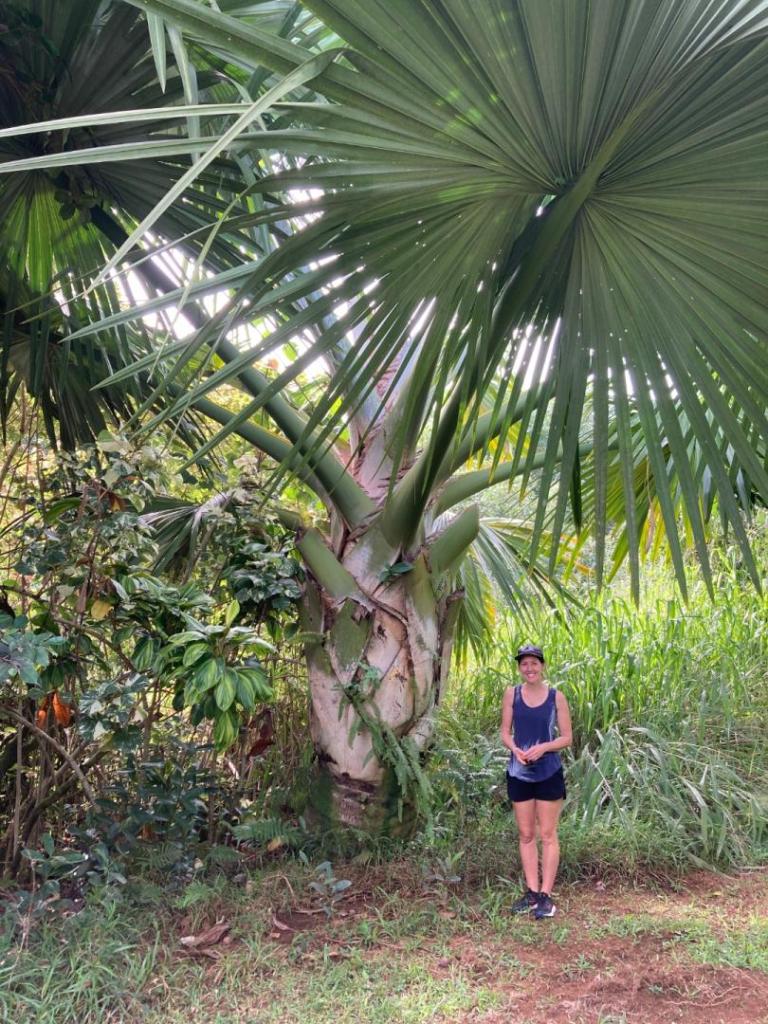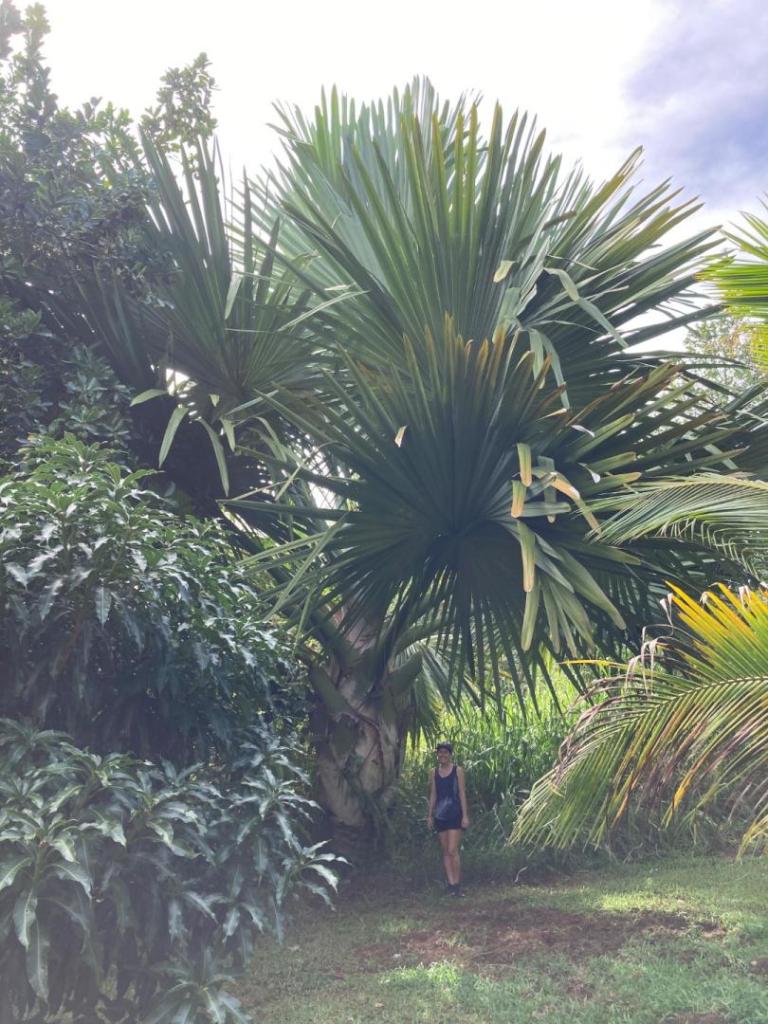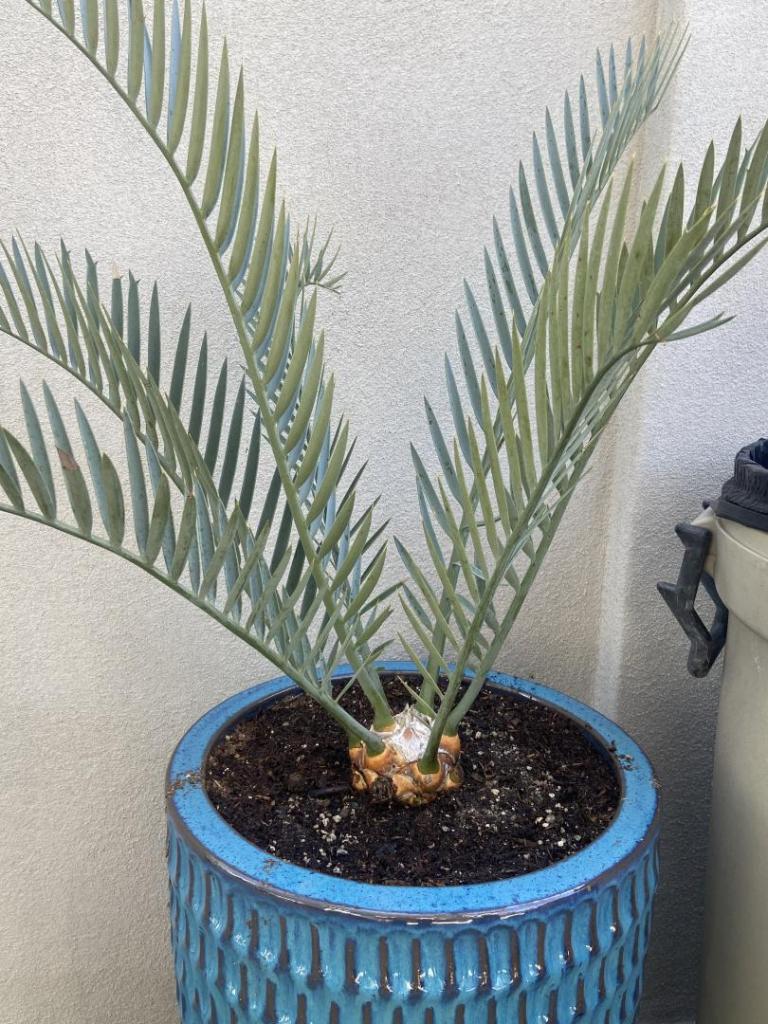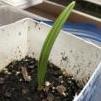Leaderboard
Popular Content
Showing content with the highest reputation on 01/29/2023 in all areas
-
6 points
-
6 points
-
6 points
-
4 points
-
3 points
-
That is pretty sharp looking, wouldn't that be nice if it kept that? I can say none of mine have had that.3 points
-
Coconut palms grow just fine well beyond extreme south Florida. The coco in the image is in St. Petersburg in west central Florida. There are significantly more cold sensitive palms than coconut palms. I would nominate the lipstick palm (Cyrtostachys renda) native to Malaysia, Borneo, southern Thailand, and Sumatra. They will die if temperatures so much as drop below 50º F (10º C) ***edit*** Sorry, didn't read prior responses and now seeing I basically just repeated other people.3 points
-
🤞😬 Let's hope so. While it hasn't technically gone "below average" in the yard, I can live without that happening.3 points
-
3 points
-
Here’s an updated picture of my Hedyscepe aquired in March ‘21. It was finally grounded sometime last spring and has appreciated it. Looks like the base has definitely fattened up and taking on that coveted Hedyscepe look all of us love albeit small still. I planted another one in my front yard. This one was a small 1G and is it a bit more sun. Doesn’t seem to mind actually. Both these are growing right thru our “winter” here in SoCal and just pushed new fronds. -dale3 points
-
Definitely not Cyrtostachys renda! As long as the soil (or mud/water) temperatures stay warm, the species is fine. Miami had a day with steady rain and temps in the low-to-mid 40's all day. in December. Both C renda at Pinecrest Gardens are completely fine. They grow in a swamp. Ditto Phoenicophorium. Manicaria is "ultra" tropical, for sure.3 points
-
I found these South African seeds in the back of my frig in a jar. They're several years old, so I'll try to germinate them this spring. They're a cross between Strelitza juncea and the yellow flower form of Strelitzia reginae (aka "Mandela's Gold"). Not sure anyone is doing this cross anymore, at least not in the States? In my previous attempt at sprouting, I only got one to grow (pictured). Maybe this one will bloom this year? 🤞 This may have been one of the last crosses the Saunders made before they died: https://www.theguardian.com/world/2018/jun/15/british-botanist-rachel-saunders-body-south-africa2 points
-
I hope things dry out and calm down weather wise for you over there. Hopefully your New Cal bank holds up. No one saw that amount of rain coming. Just before it hit the computer models were saying 130mm of rain over 10 days. Something went wrong there.2 points
-
South Nepal coconut and Hainan island coconut trees are also in somewhat borderline climatic conditions. Personally I will keep trying, someday I might have the right specimens and technique2 points
-
hi bro, as I told you on the Italian forum you're doing it right... I'm glad your coconut is still alive, this is a wonderful experiment for Italy where no one has ever succeeded... moreover, it's a Dutch coconut (like mine) who are usually weak... well let's hope for the best! now I'm also fertilizing with saw palmetta to increase plant hormones, but this is my personal experiment ... I don't know how useful it is!2 points
-
Bret, many Syagrus get deficiencies here. This is for sure an example. Guessing clayish soil leading to bad iron uptake. I use EDDHA Iron Chelates for my stubborn iron-loving palms. It will take a while to grow out of this, but the stuff works great. Also, the more tropical Syagrus get abused by the cold here easier when under nutritional deficiencies. So the plant looks even worse.2 points
-
2 points
-
2 points
-
2 points
-
Thanks dude. It’s one of my favorite type of tree. Hard to beat a well grown Hedyscepe. FYI: I’ve killed not 1 but 2, 1G Hedyscepe’s. The ones you see are #3 & 4. I think they need to be bigger as you mentioned. Don’t give up. -dale2 points
-
I'll chime in again here because I have quite a bit of both types, rock and wood mulch. Over the years the wood mulch areas have developed much better soil and are the only way to deal with beds where you may want densely planted beds. The rock areas I cuss at every time I want to move or plant something there because it is such a pita moving all the rocks back and forth. But if you don't plan to have many plants and/or want a more desertscape look rocks are fine. Rocks are great if you don't plan on updating or moving plants for many years. BUT I enjoy the dense planted tropical beds a lot which are not possible with rock.2 points
-
Looks like you already had a serious problem with this palm (the dark grey dry-wood and rust-colored areas). The snap-off area is only the zone that is white in color, about half of the surface area. I would pour some peroxide over that ruddy area and also make sure there isn't something actively affecting the health of the plant. Otherwise your apical meristem does look to be intact and it should regrow (though you will always see damage there). But is there a way you can put that palm into the ground? It looks desperately in need. Ravenea are river-dwellers and want lots of water and fertilizer...also remember that the root-initiation-zone of palms (at the base of the trunk) in California needs to be continuously covered by soil. Since it is the area where palms grow new roots, the dry atmosphere will stop them from forming, most likely leaving you with a very unstable and unhealthy palm over time.2 points
-
From my own experience T. princeps and T. takil seem to be quite good with their drought tolerance. Especially T. princeps. I have mine planted on slopes in full sun and they don't show any stress signs even without irrigation. T. fortuneis seem to dislike drought a lot.2 points
-
2 points
-
2 points
-
2 points
-
That is a common trait of some of the extremely and super rare palm species that have made it to cultivation. They were often containerized specimens and died after an average or severe cold snap while unprotected; either without knowing cold sensitivity or were being experimented upon with purpose. Then, seed or seedlings are not offered again or not for a long while, so the palm becomes absent or scarce at sales, in collections, etc. Manicaria saccifera* was one example mentioned above. Others that come to mind include Sommieria leucophylla and its two former species and especially Dransfieldia micrantha... a seriously cold sensitive species. The few plants I knew of outside of Fairchild's Rare Plant house died during the 2009 - 2010 cold blasts. The Pigafetta species were a fun and crazy palm subject during the 1990s S. Fl. palm world. Pigafetta filaris and its rarer cousin P. elata, were cultivated by many growers due to ample supply and their incredibly fast rate of growth. They were basically... weeds. Some knew of their cold sensitivity, others did not. It was this constant back and forth of, here is this really cool-looking palm that is super fast growing (but) is 'probably' cold sensitive. Over the years people tried it with success, others did not, people claimed one species was 'more cold tolerant than the other, and so on. In the later years, after losses began to be more well-known, plants appeared at big auction events. The name would be announced and the crowd would mutter sighs, 'ughs' and 'hmmphs'. Eventually many people stopped wanting it, so it was not grown as much and the desire fizzled out. Would collectors in S. Florida keep trying the genus? Probably, if they are palm nuts, myself included. Some continue to claim the species are more sub-tropical than tropical. If that were true, I would have a 40 to 50 ft. (12-15m) tall Pigafetta filaris in my yard. As others would have as well. *note - A couple years after the 2010 cold, I did see a specimen of Manicaria saccifera growing in a collection that was planted at the edge of a canal. It was a 7 gallon-sized plant and I haven't seen it since. It was alive but in rough shape and I'd have to guess 80% chance it did not make it. Ryan2 points
-
The most cold sensitive palm I have personally grown is Socratea exorrhiza. I had a small one in a 3gal. pot years ago, died after a couple of nights around 42-44F. (The most heat intolerant palm I have grown was Ceroxylon alpinum)2 points
-
There was a a small Cyrtostachys renda that survived at least 3-4 winters of complete neglect, fully exposed in the dry sandy soil of a public palm park here in Fort Myers, 10A/B. I assume it's dead after the extended cold this year but may still be hanging on. It always looked terrible, and was barely more than short mound of ratty leaves by the end, but it lived. Much hardier than some of the other species mentioned above I would think. I think the theory about fungal infections preventing attractive specimens from being grown successfully in FL makes sense.2 points
-
As new in the forum i would like to say hi to all of you palm lovers ! In the early years i started working on gardening , spend lot of time and money on tropical plants you can found in flower shops that were also overpriced , tender , and get easily infected almost from anything ! I was always get fascinated by the tropical vegetation and those beaches with the curved coconut trees and i wish some day i will be in a place like that ! So i decided to make my garden looks more tropical than moving to Hawaii which is kind difficult for many reasons ! Making my garden tropical looking it was also difficult , not from the aspect that there not palms that can handle my areas climate ( zone 9b ) but there is not a place to buy palms ! At the flower shops you can always find Chamaedorea excelsa , Dypsis lutescens , Howea fosteriana and that's it you have to be very lucky if you find and something else ! At nurseries things are little better , you can find some more palms species but you will almost never learn which species are the plants you bought , just the genus ! Things now are more difficult for palm lovers , after the appearance of RP Weevil and the big disaster for the Phoenix canariensis in Greece , most nurseries stop to import palms and they sell the stock they have ! Before i start gardening my garden was a typical traditional Greek garden , in the front of the house full of roses and geraniums (which i hated ) , one Magnolia grandiflora , some gardenia , camellia and a Bougaivillea give it something more , and the backyard was full of orange , lemon and mandarin trees , plus two Nerium oleanders . I believe you understand how much work needed to clean this place up , and only by one person , me . With all that digging to uproot the trees i should have found petroleum ! Anyway , all that process take years , unfortunately i don' t have photos seeing clearly the before part . And also one notice i usually take pictures using my mobiles phone camera so don't expect to be high resolution ! In that photo you can see the Syagrus romanzoffiana , for which i had to travel 120 km away to a nursery at the city of Patra , to the right there is a scheflera tree that was my first planting replacing one Nerium oleander 4 m tall , behind the Syagrus is an orange tree that is uprooted now in order to create a small pond for my nymphaeas and goldfish , at the left is one bamboo plant . Huge wrong planting it without any root barrier , the third year runners spread 3 m away the mother plant . First orange tree down . one photo from above , at the left you can see part of Nerium oleander canopy . Bamboos removed after two days of digging the main plant and trying to find all the runners , keep one part of rhizome in a pot . Then planted one Cycas revoluta and a Hamaerops humilis . And finally my second pond little larger than the first one in the upper left , and my goldfishes swimming happy . Also moved the Syagrus to a protected area from strong north winds .1 point
-
Well I just pulled all the winter prep stuff out of the front yard so I hope I didn't jinx us all….1 point
-
1 point
-
Not knowing the the difference between palmetto and mexicana, I can't see the diversity.1 point
-
Yeah one issue is that the crown will gradually shrink over time as it struggles to recover between major freezes. It may never quite die and keep re-sprouting, but it will get to the point where it just looks tiny, ugly and ridiculous. I mean it's not far off that point now to be honest. Still it's a testament to the survival capabilities. I still can't get over that big one that outlived the Trachycarpus Fortunei. CIDP are clearly more bud hardy than Trachycarpus even. Some people claim that certain variants of Fortunei, such as 'Bulgaria', can withstand -15F or something stupid. Don't be fooled by these claims. Even the most hardy Fortunei can and will be killed stone dead by 0F to -5F.1 point
-
1 point
-
1 point
-
1 point
-
Hi Joao - your journey into the palm world sounds similar to mine and many others here on PalmTalk and in the IPS. It can indeed become a life changing experience and a passion worth pursuing. I can only imagine what the coming decades have in store for all of us. If it is anything like the transformation of the last 50 years from the tiny IPS to a vibrant worldwide community, it will be exciting to watch. The IPS continues to evolve and grow, and remains a place to focus on the enjoyment and preservation of palms and their habitat. I am glad Palmpedia has found a good home, and wish you success as we all enjoy a mutual appreciation for the magical and rewarding life of palms and plants.1 point
-
1 point
-
1 point
-
1 point
-
Acclimatising them before winter makes significant difference. In summer 2021 I put mine North facing to avoid the harshest sun and they grew big but leaves had thinner waxy cuticle and fewer larger stomata resulting in leaves which are less resistant to abiotic stress. In winter 2021-2022 I had a disaster. Last summer I left everything south facing. Keeping them in the hot sun makes the plant produce more abscisic acid which helps it's immune system and defense against both biotic and abiotic stress. I also read that adapting plants to the outside might even have an effect on the gene expression for cold adaptation, that's why I don't want to protect the plants too much as I used to do before. The aim is to possibly have a few specimens that can survive our winter. They also will have the ability to "remember" such climatic conditions1 point
-
I thought that one person in particular from RPS was already involved in the Palmpedia. I hope more money can get invested into the site. It's one of the best resources about palms online and in general but there are still things that could be improved.1 point
-
My GUESS is Pigafetta (David Fairchild was unable to grow it in Miami, despite being his favorite palm). Several other, super tropicals mentioned above from New Guinea, are certainly contenders. How about Loxococcox rupicola?1 point
-
1 point
-
1 point
-
I’ll finish up, at least with my stuff. Please post your New Cal. stuff. Here’s a Cyphophoenix alba. If you want to see what a specimen crown shaft is supposed to look like, see Kim’s post above. Anyway, it’s really starting to grow and has a wide spreading crown like some other New Cal. palms. Lopers for scale in the one shot. Tim1 point
-
Joe, they look great. Just picked up a Hedycepe from Joe at Discovery Palms. Any advice on sun exposure and watering requirements in Hunt. Beach would be great. I’ve heard horror stories of bad placement and caring for these things and it’d be fantastic if I don’t lose this to a stupid decision that could be avoided. You seem to have a pretty good stronghold on these things. I’ve added a couple pics of the Hedycepe and my Encephalartos Lehmannii Kirkwood for the Cycad lovers!!1 point
-
Evergreen: Bright edge yucca, color guard yucca are non-trunking yuccas, with flat long leaves. Texas Red Yucca (Hesperaloe parviflora) with thin cylindrical "leaves." I grow these thee in 7a with no winter protection at all. Agave Harvardiana will withstand zone 5 temperature, but may have trouble in wet winters. I've heard of these being left in the ground during winter in the east coast with a dome over them to keep them dry. prefer very sandy or rocky soil. Perennials: Lord Baltimore Hibiscus (red flowers) and Lady Baltimore Hibiscus (pink flowers). For small filler you might try sedum.1 point
-
is dc an example of a urban heat island? and is the Potomac a large body of water for a microclimate. We have oak. My backyard has lots of windbreaks. I live on a hill. Is my house a good microclimate?1 point



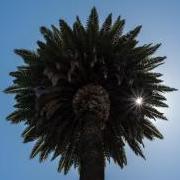


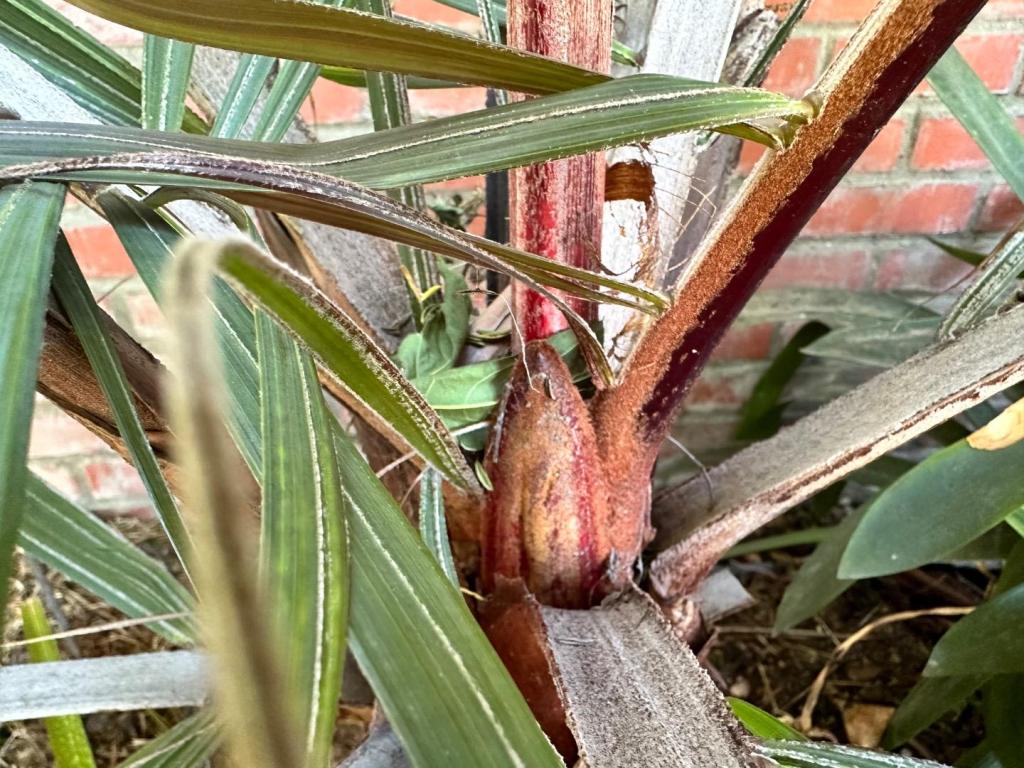

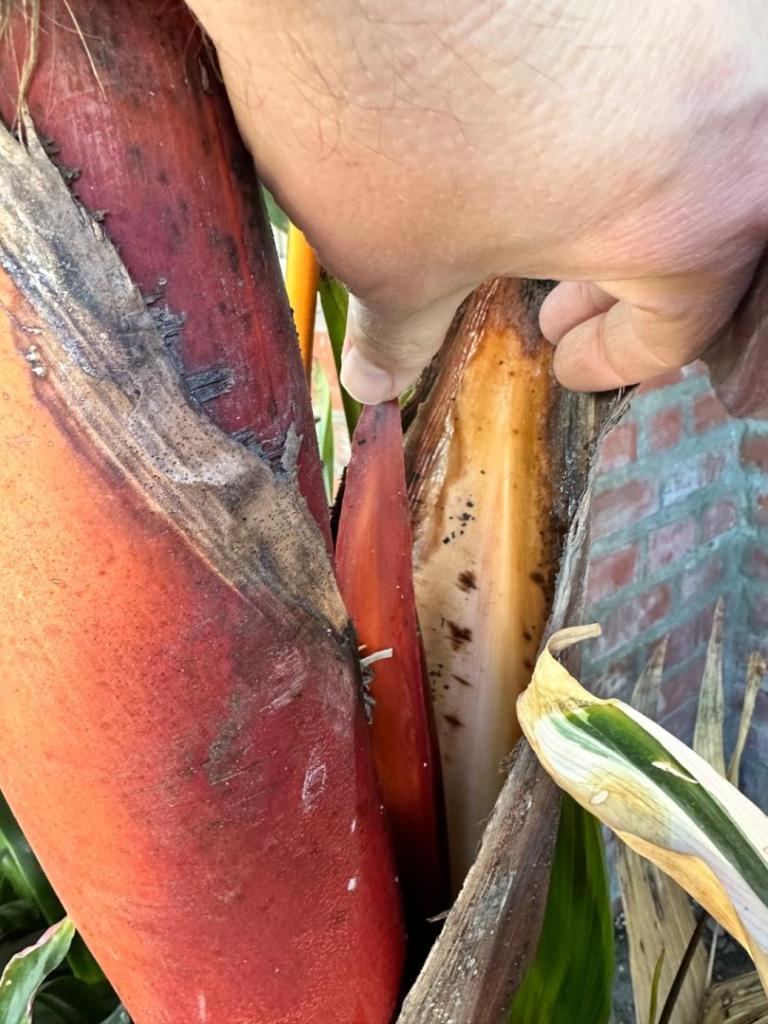

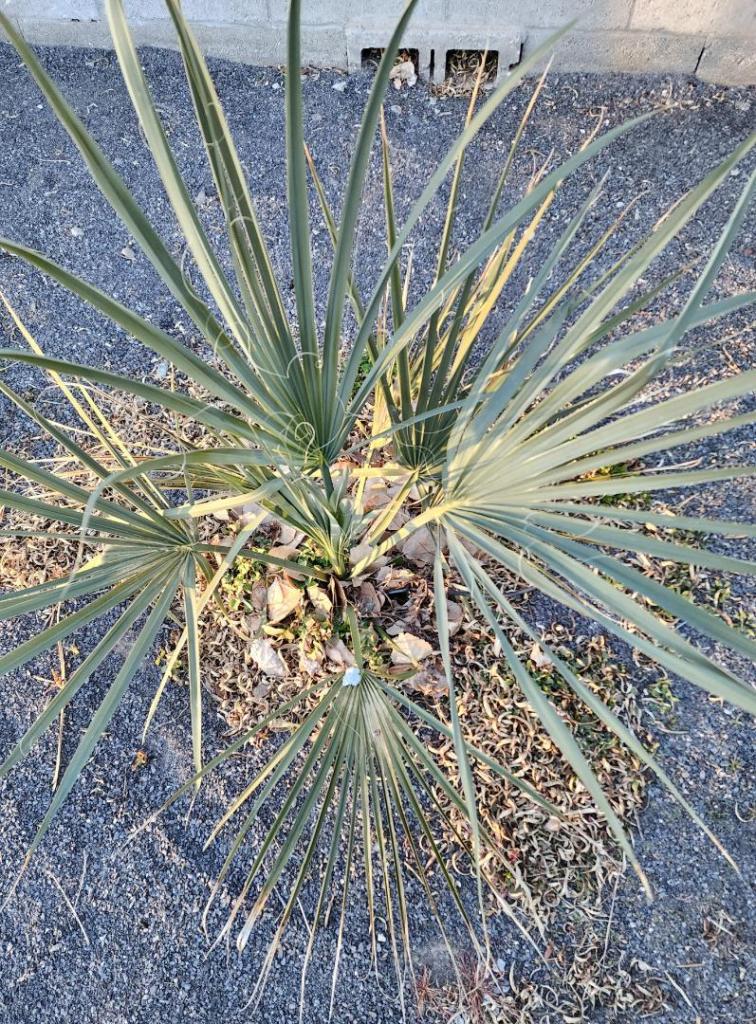
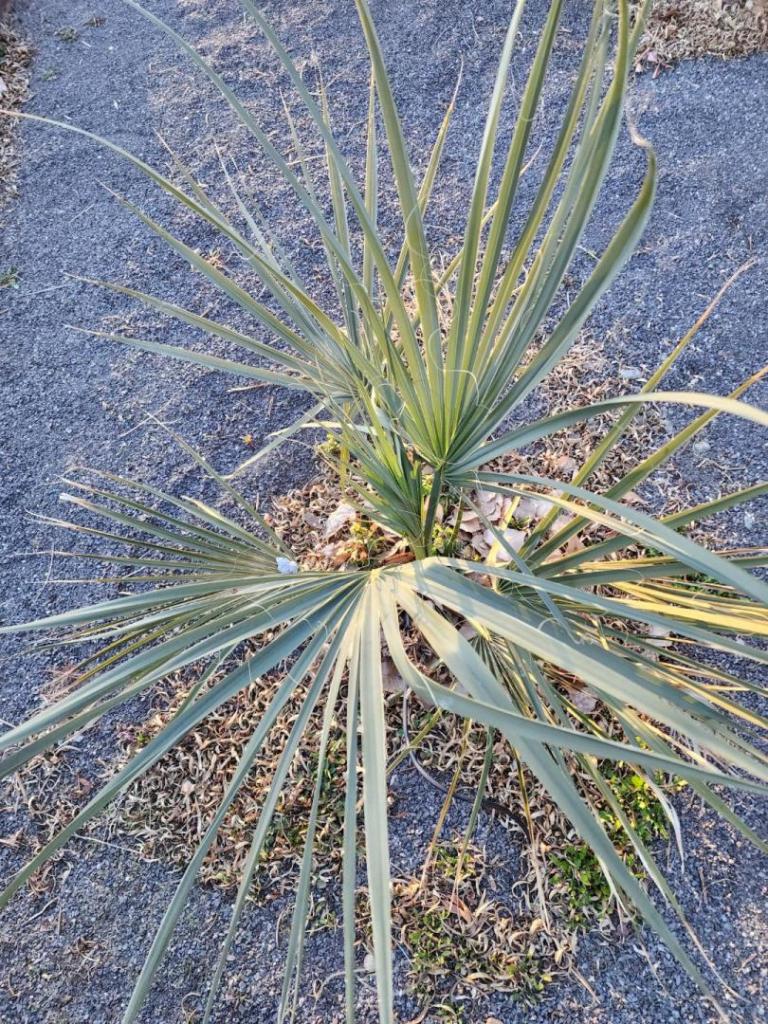
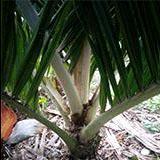
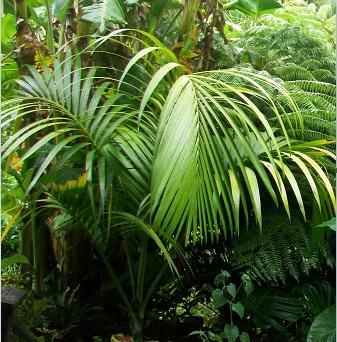
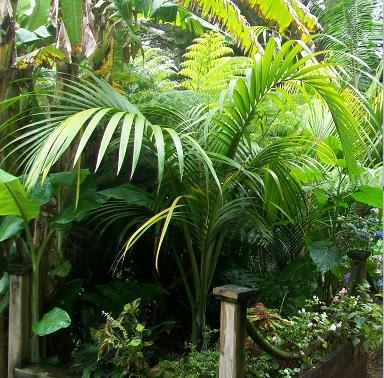
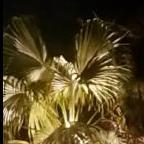




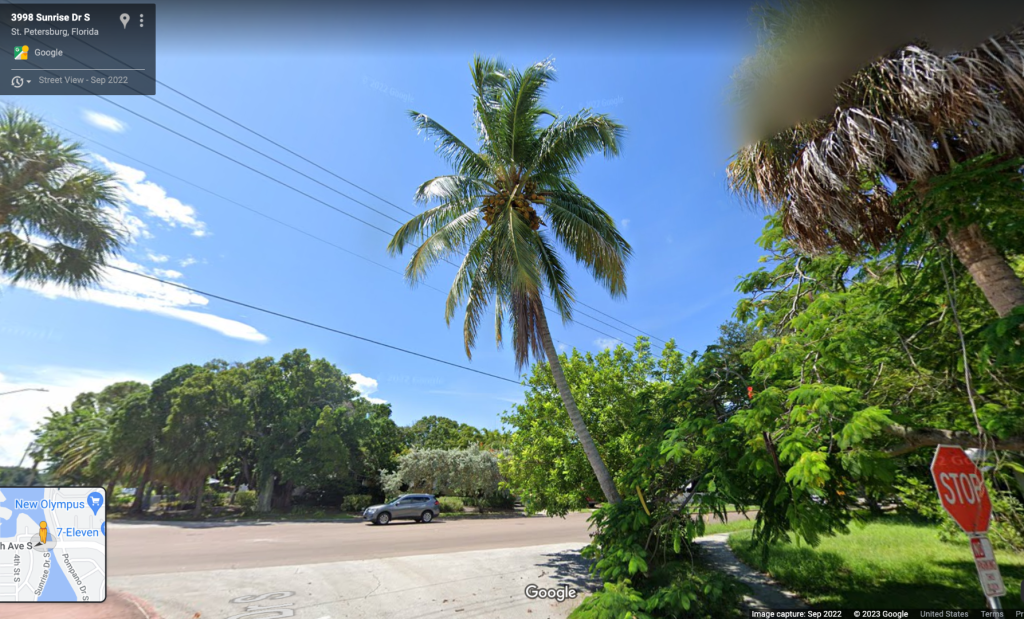

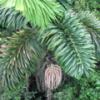
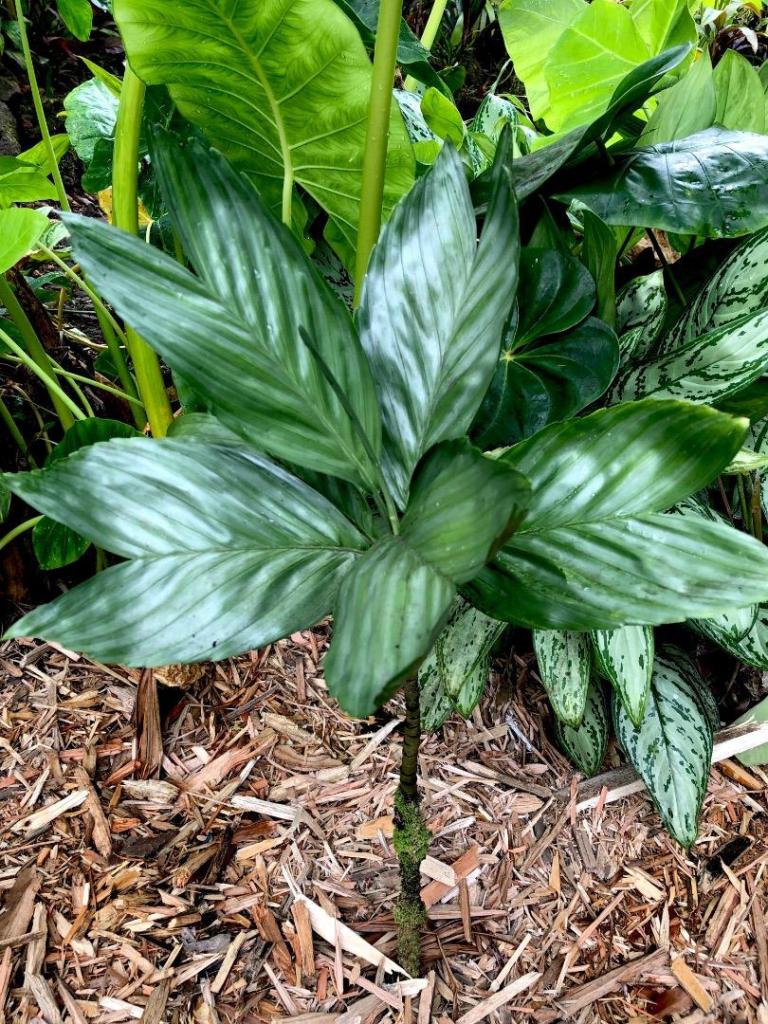
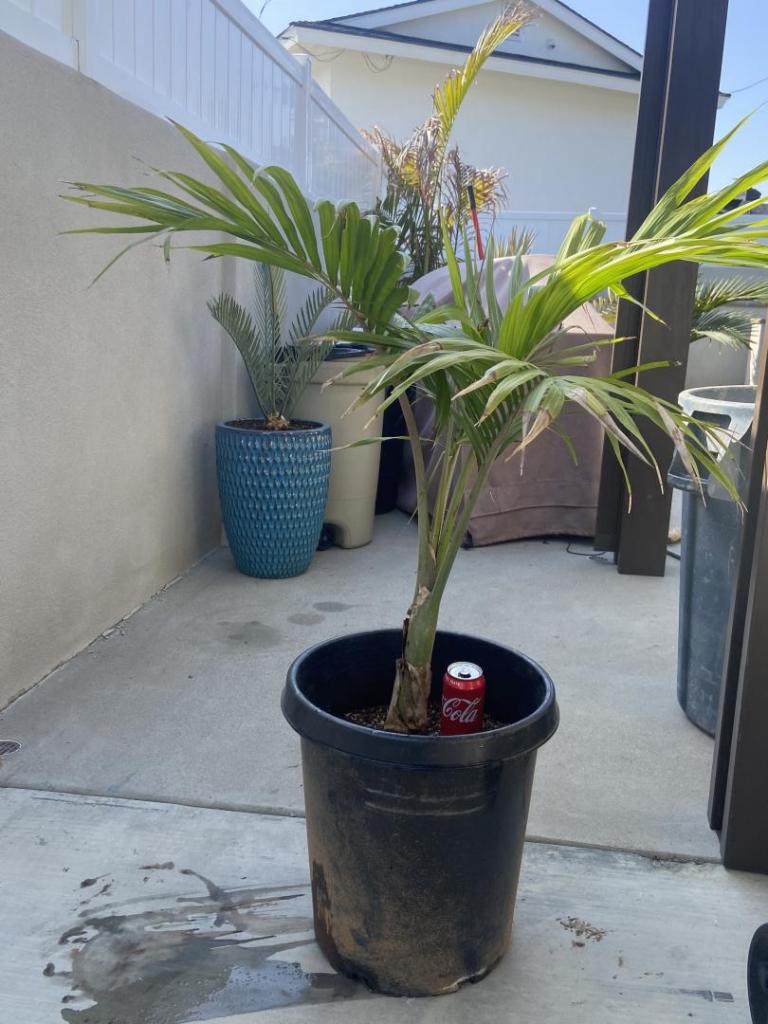


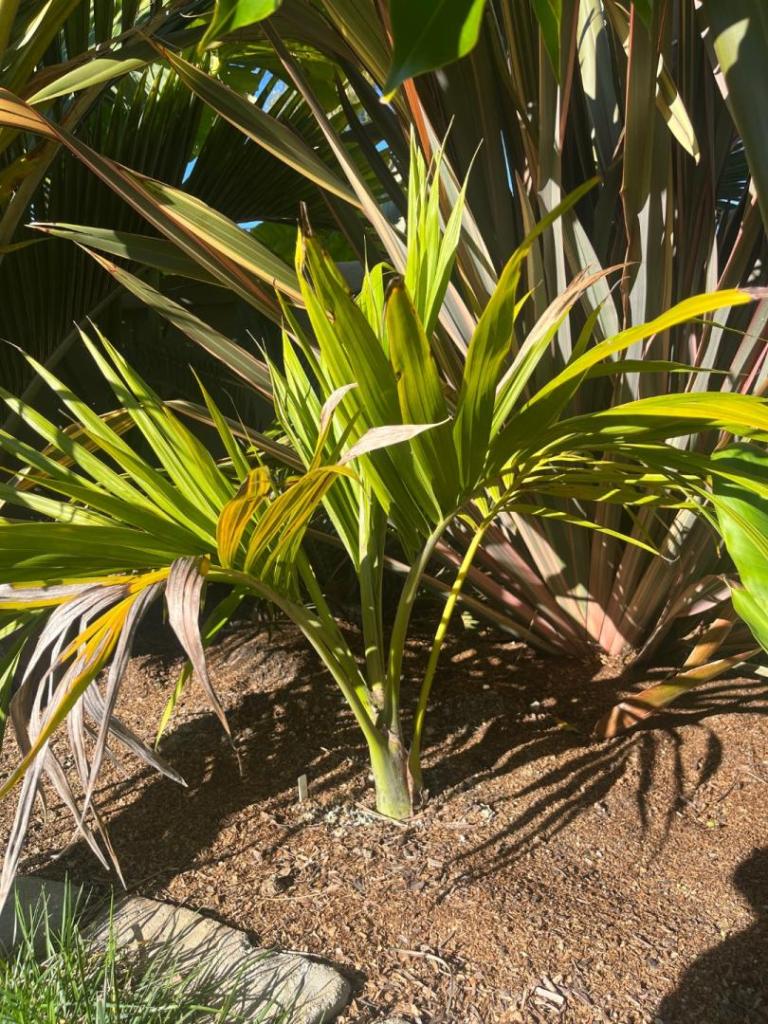
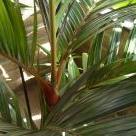
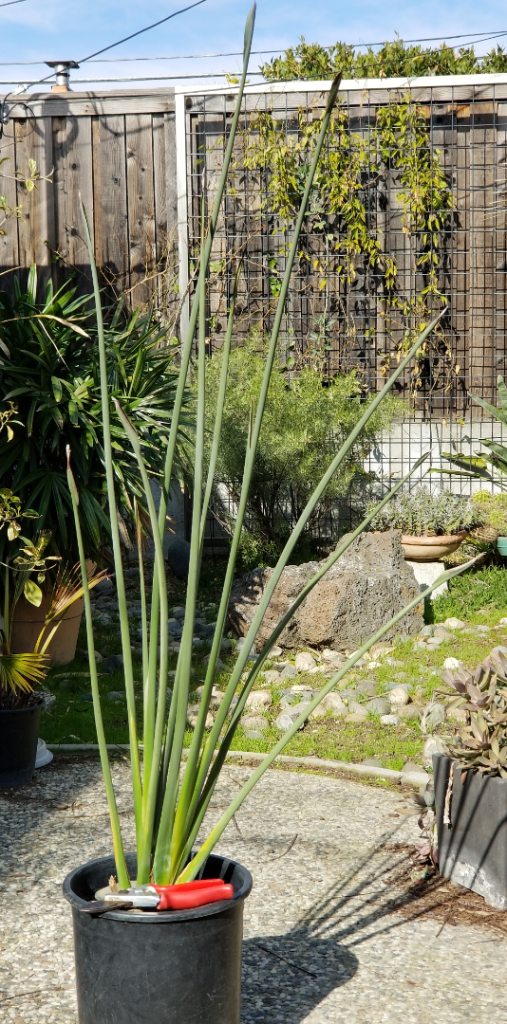
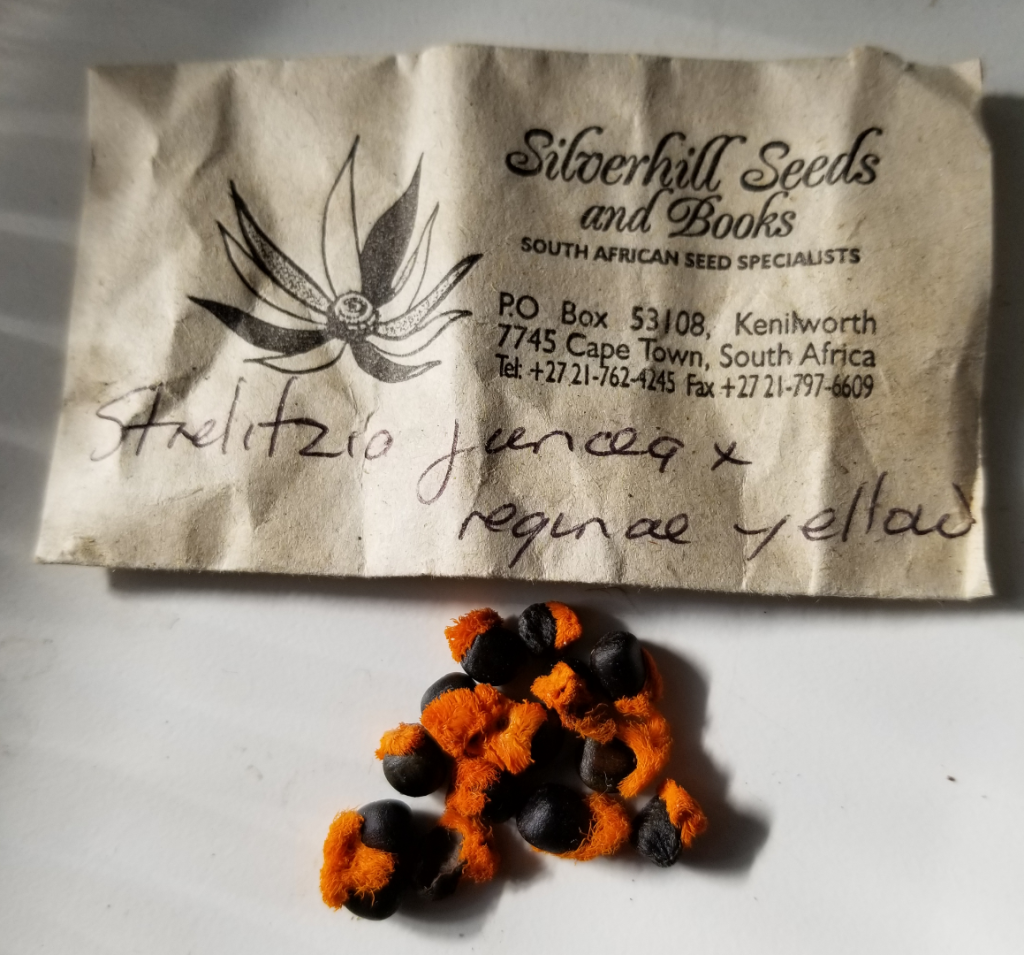

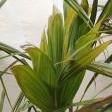

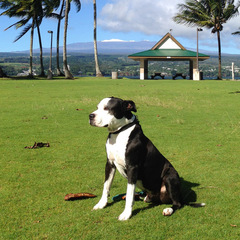





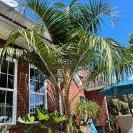
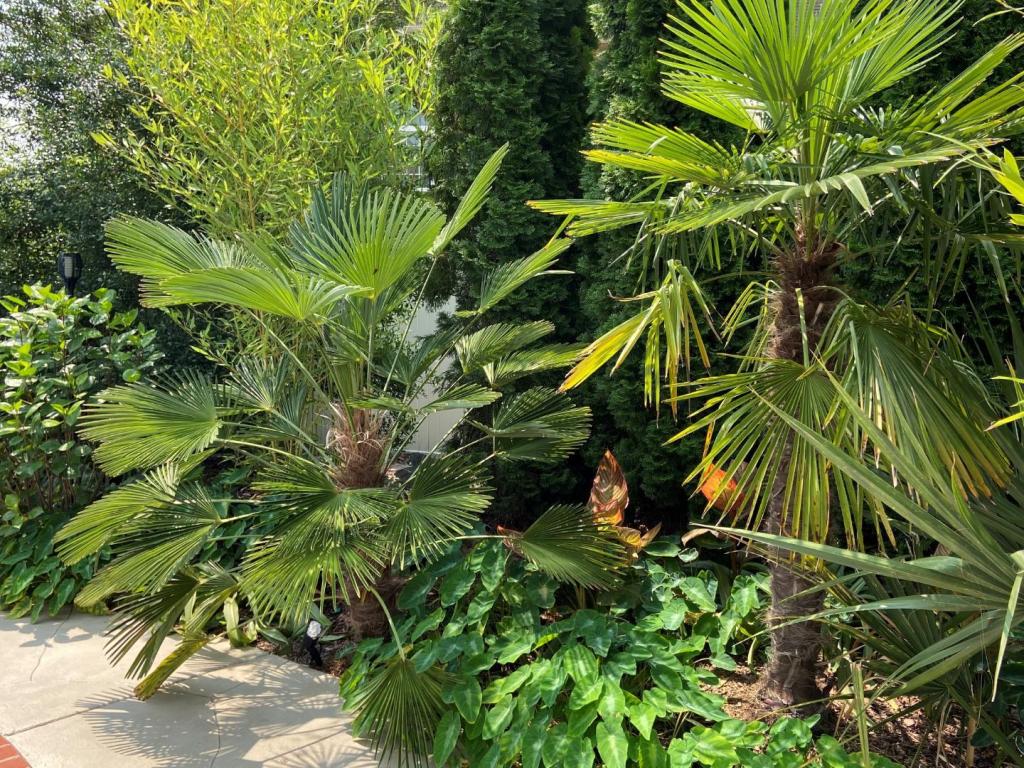
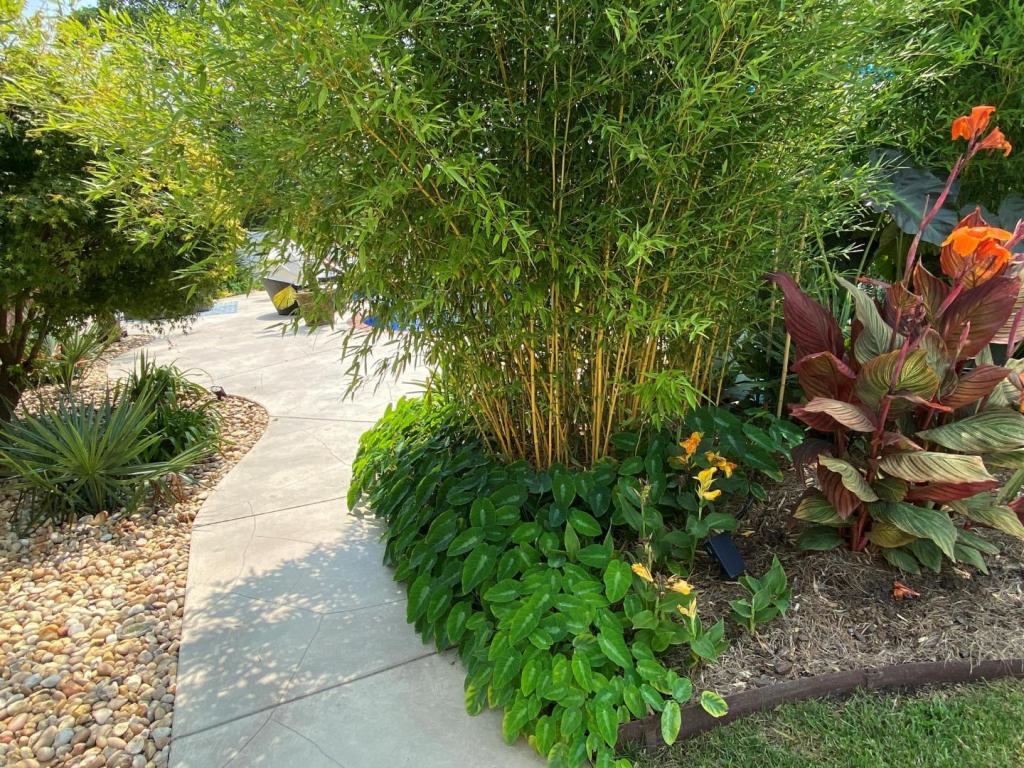

.thumb.jpg.703c5a3e783508da2f1084732c83e90b.jpg)

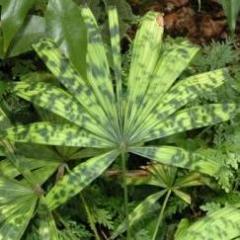

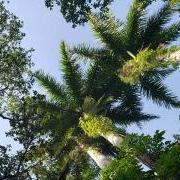

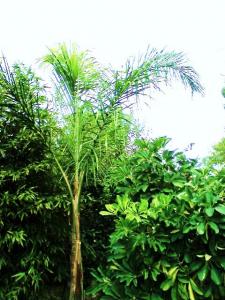





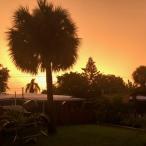
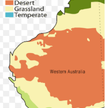
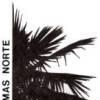


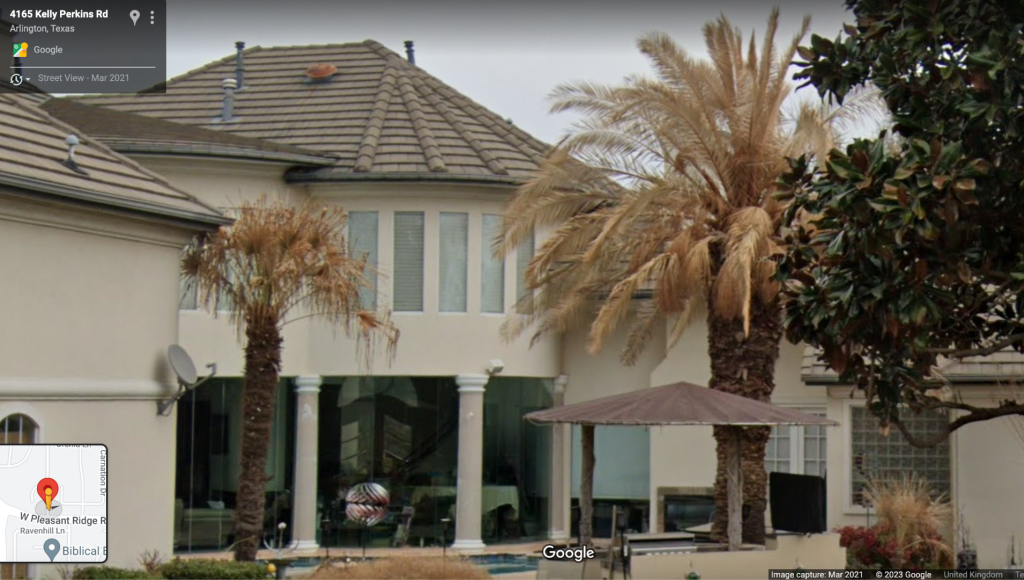
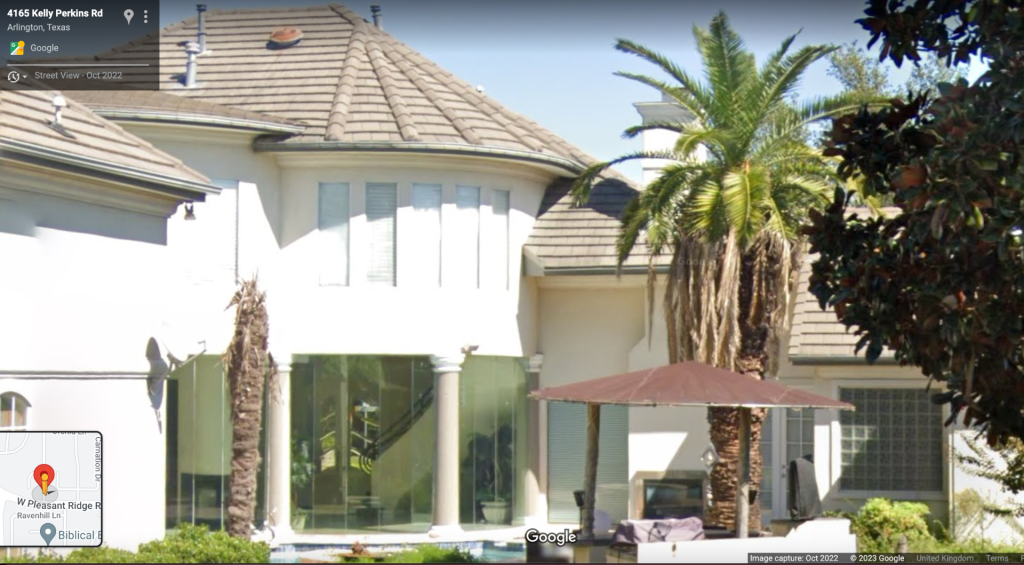






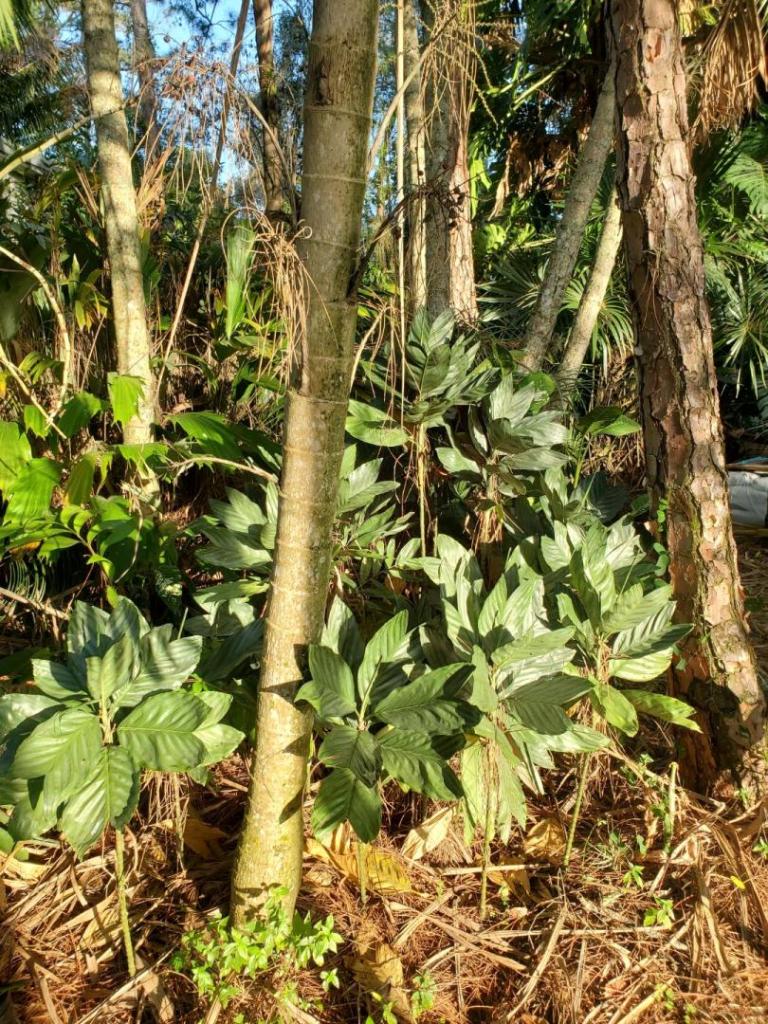

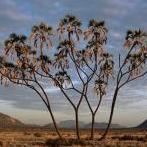

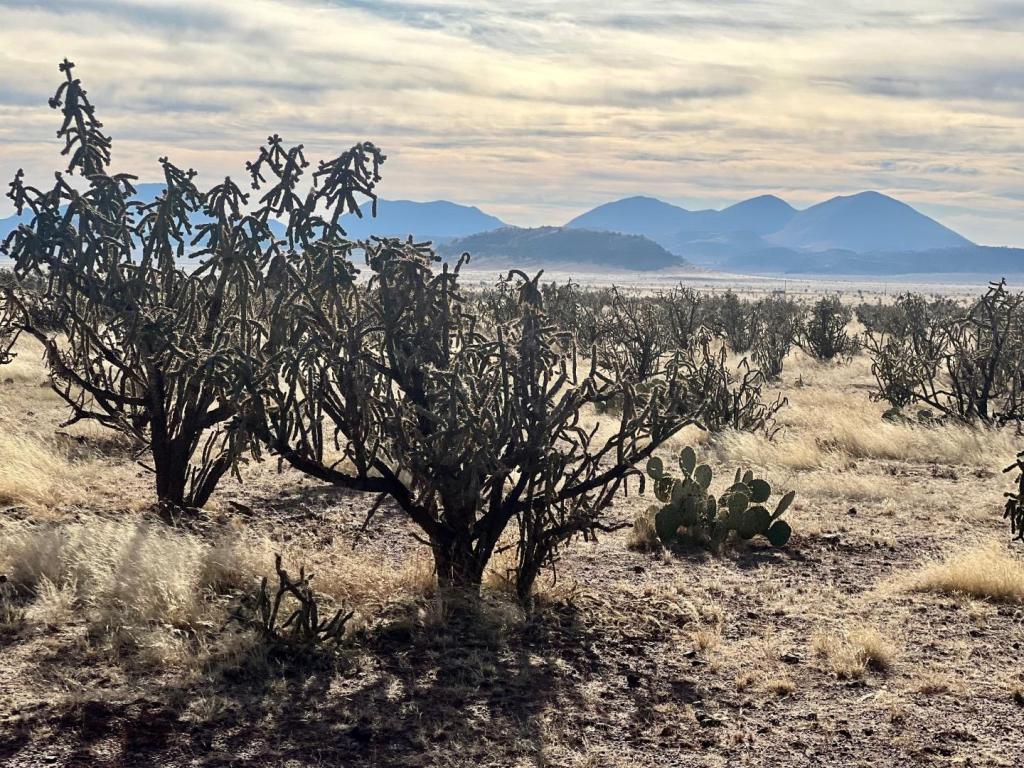
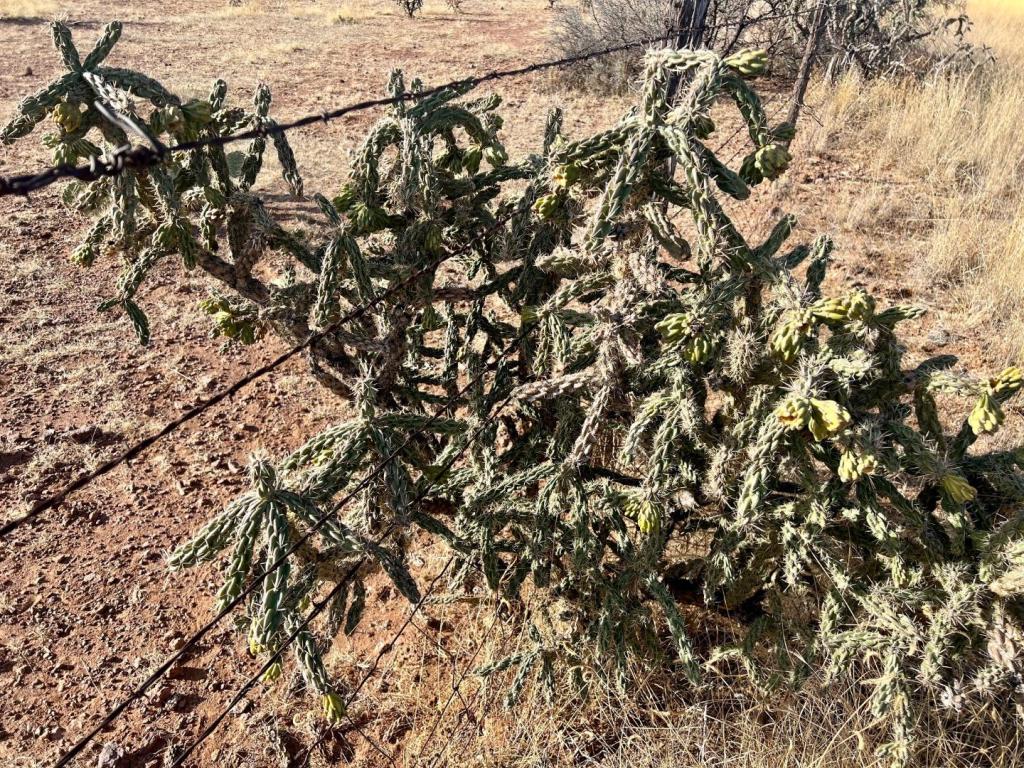
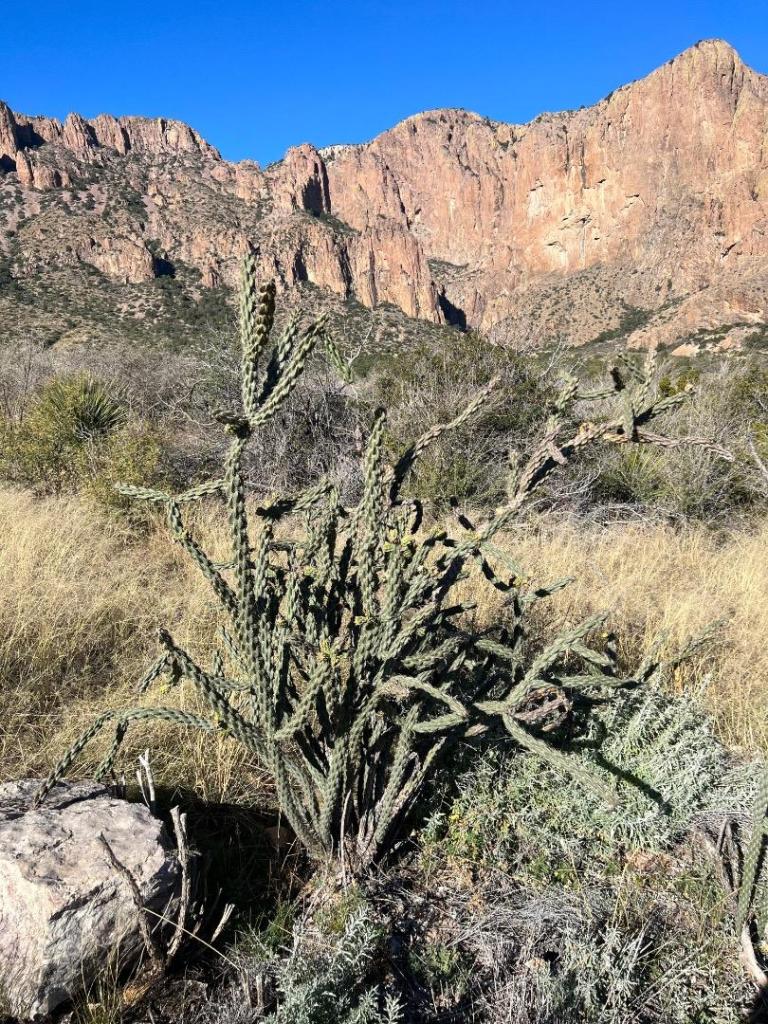
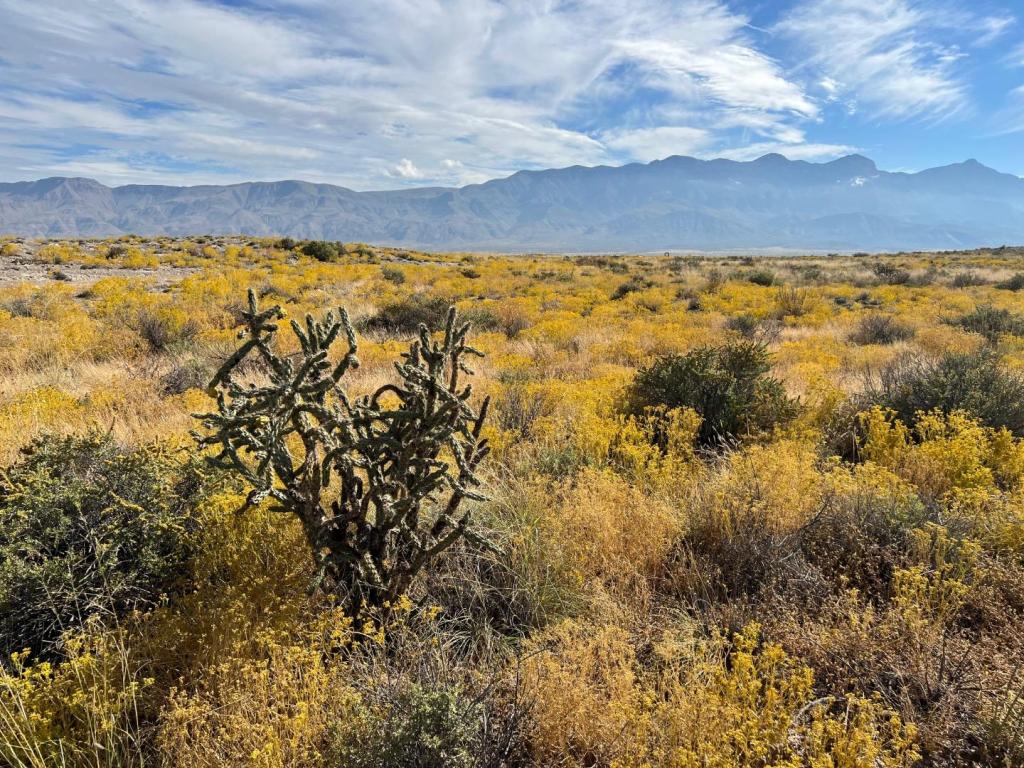

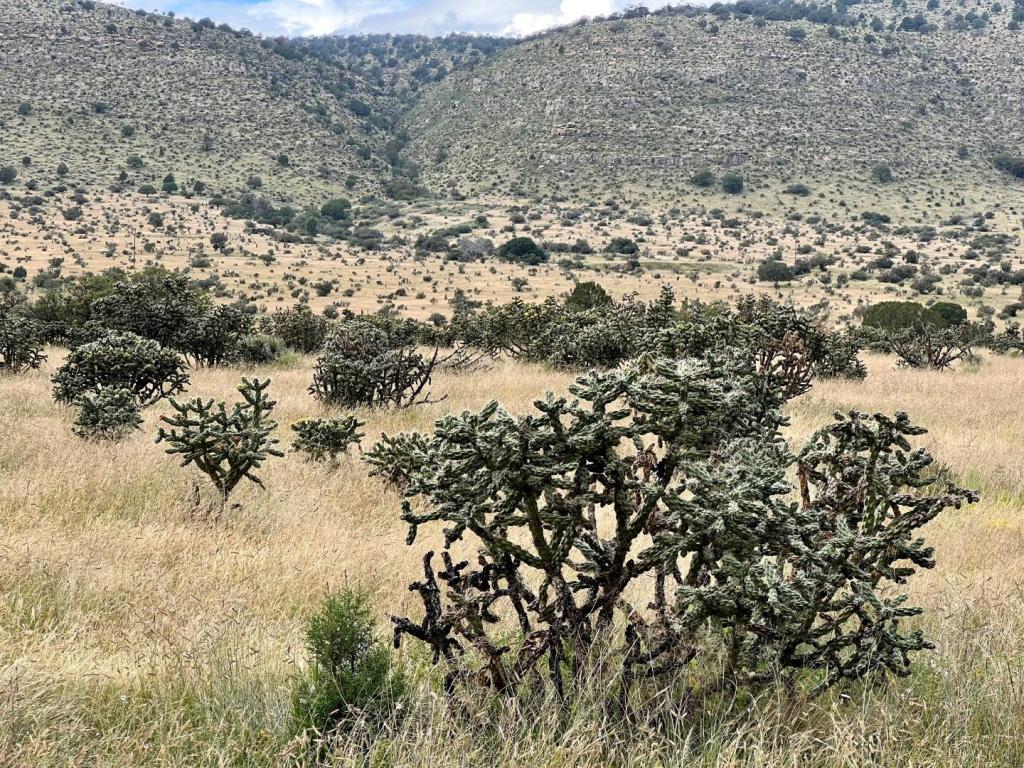
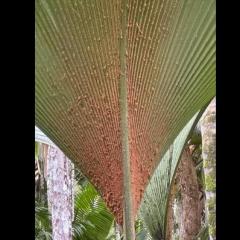
.thumb.jpg.f98e5066db1dec0358105c9c8eae8b39.jpg)
